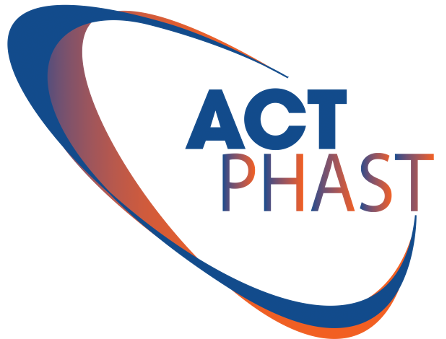Universidad Politécnica de Valencia
The Universidad Politécnica de Valencia (UPVLC, www.upv.es), founded in 1973, is a public institution devoted to higher education, and to research and development (R&D) activities. The main scientific and technological domains are information and communication technologies, electric, electronic, mechanical and chemical engineering, civil engineering, architecture, food and agricultural technologies, business sciences and fine arts. The UPVLC runs its R&D policy towards two aims: On one side, as a young university, the UPVLC strengths its basic knowledge base by moving its research groups towards the major European research priorities, especially within the European R&D Programs. On the other hand, it has a special vocation to perform R&D of interest to our industrial environment, looking after being a technological and R&D partner to companies settled in this region. The Nanophotonics Technology Centre (NTC) at Valencia is a Silicon nano-photonics facility in Spain. The NTC has been created as the hub for scientific research, technological development and innovation (R+D+I) in the field of advanced optical technologies and photonic systems for telecommunications and computing. Its mission is to generate new knowledge in silicon nanophotonics as well as to bridge properly the science‐to‐industry gap by creating fabless companies around that benefits from such unique infrastructure. NTC facilities are hosted by the Universidad Politécnica de Valencia on its Campus in Valencia. NTC is composed by scientists and engineers from several academic research groups in Spain. Skilled scientists and technicians coming from the Agere Systems factory in Madrid, Pirelli Labs‐Milano and Infineon have joined the NTC providing professional fabrication services. NTC facilities include a 250 sqm clean room (class 10‐100) for 6‐inch wafer processing-line. NTC research members have extensive experience in designing, fabricating and characterizing silicon, silica and silicon nitride photonics components and will therefore bring the required knowledge in this field. Additionally, NTC has an Assembly and Packaging Laboratory allowing the development of back-end and packaging technologies such as fiber-to-chip coupling, wire-bonding, flip-chip bonding etc. Such an installation will bring valuable know- how and capabilities for the ACTPHAST 4R project.

